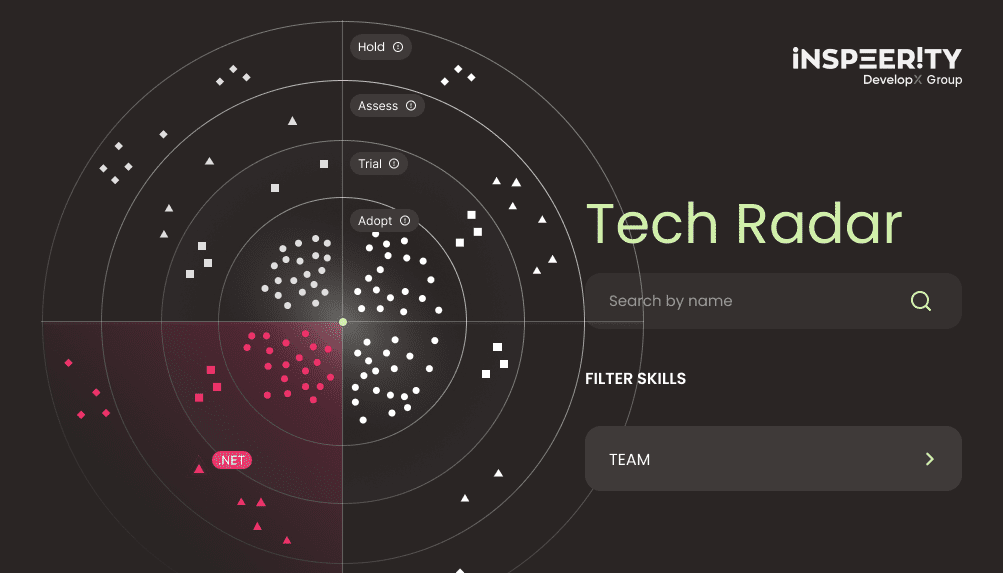What saved you was frequency control reserves. The heroes that keep our increasingly complex energy system stable.
Why your power grid is like walking a tightrope
Every second, the power grid performs a balancing act. Imagine a tightrope walker carrying a heavy load. The walker needs to constantly adjust their balance to stop themselves from falling.
In a power grid, that “balance” is frequency. In Europe, electricity flows at 50 Hz (50 cycles per second). In North America, it’s 60 Hz. This frequency must be stable. Tiny changes can damage equipment or trigger cascading failures, leaving millions in the dark.
The challenge they face is that every time you flip a switch, you add or remove “weight” from that tightrope walker. The grid must instantly compensate to maintain balance.
The renewable energy revolution changes everything
Here’s where things get complicated. Traditional power plants that use coal, gas, or nuclear fuel act like massive spinning wheels. When demand increases, these spinning generators naturally slow down. This automatically reduces frequency. When demand drops, they speed up.
This physical response gives grid operators precious seconds to react.
But renewable energy sources work differently. Solar panels convert sunlight directly into electricity. Wind turbines smooth out changes in wind with electronic controls. However, they lack the massive spinning machines that once gave the grid its automatic stability.
This is called the “energy mix”. It’s the combination of different power sources feeding the grid. As our energy mix shifts toward renewables, we need new ways to maintain that delicate frequency balance.
That’s where frequency control reserves come in.
Meet the four guardians of grid stability
Frequency control reserves are different layers of protection. They each respond at different speeds when something goes wrong:
FCR: Frequency Containment Reserve, the first responder
FCR is your grid’s emergency paramedic. When the frequency changes from 50 Hz, FCR kicks in. It happens within 30 seconds, often much faster. It’s automatic, fast, and designed to stop the frequency from falling (or rising) further.
How it works
If a power plant suddenly goes offline, it removes energy from the grid. FCR ramps up other generators or reduces certain loads to compensate. It’s like catching someone who just stumbled. You don’t fix the cause, but you stop the fall.
The Technical
FCR must deliver its full capacity within 30 seconds and hold it for at least 15 minutes. In Continental Europe, around 3,000 MW of FCR is always standing by.
aFRR: Automatic Frequency Restoration Reserve, the grid’s steady hand
While FCR stops the bleeding, aFRR starts the healing. Activated between 30 seconds and 5 minutes, it takes over from FCR and restores frequency back to 50 Hz.
How it works
Think of FCR as applying pressure to a wound, while aFRR is the surgeon who stitches it up. aFRR uses automatic systems to gradually replace FCR, freeing it up for the next emergency.
Why it matters
Without aFRR, FCR would stay activated indefinitely. This leaves the grid vulnerable to the next issue. It’s like driving with your emergency brake on.
The Technical
aFRR can ramp within 5 minutes and maintain its response for hours. Modern systems use advanced algorithms to optimize the balance between speed and cost.
mFRR: Manual Frequency Restoration Reserve, the problem solver
mFRR is where human experience meets automation. It’s often activated within 5–15 minutes. Grid operators request it after assessing the situation and deciding how to restore normal operations.
How it works
While aFRR handles immediate restoration, mFRR takes the wider view. Maybe a power plant is offline for hours. Maybe wind patterns shift. Operators use mFRR to change resources and prepare for what’s next.
The human element
Unlike FCR and aFRR, which run on autopilot, mFRR depends on grid operators making decisions. They may start up extra power plants, adjust imports and exports with neighboring countries, or start demand-response programs.
The technical
mFRR can stay active for hours and must be available within 15 minutes of being requested. It often involves coordinating resources across regions to keep the grid stable.
RR: Replacement Reserve, the long-term planner
RR is the strategic thinker, activated within 30 minutes to several hours. While the other reserves fix immediate problems, RR restores normal conditions and prepares for what’s next.
How it works
Imagine a major power plant will be offline for maintenance tomorrow. RR means there are resources in place well before they’re needed.
Why it’s crucial
RR frees up the faster-responding reserves (FCR, aFRR, mFRR) so they’re available for the next unexpected event. It’s the difference between crisis management and long-term planning.
Why this matters more than ever
As we add more renewables to our grids, these frequency control reserves become more critical. Here’s why:
The Inertia Challenge
Traditional power plants provide something called “inertia”. I wrote a little more about this in a post on the Portugal blackouts. In short, spinning turbines naturally resist sudden changes. Renewables don’t have this physical inertia, making the grid more sensitive to changes.
Variability
The sun doesn’t always shine, and the wind doesn’t always blow. Solar output can drop when clouds pass over large solar farms. Wind generation can change with the weather. This variability requires more complex balancing mechanisms.
Speed Requirements
With lower inertia, frequency deviations happen faster. This puts more pressure on FCR to respond quickly and on aFRR to take over.
Smart software solutions fill the gap
Here’s where software development becomes crucial for energy stability. Modern frequency control reserves increasingly rely on software systems.
- Real-time Data Processing
IoT sensors across the grid provide millisecond-by-millisecond data about frequency, load, and generation. Advanced algorithms process this data to predict problems before they happen. - Machine Learning Optimization
AI systems learn from historical patterns to optimize reserve deployment. They can predict when renewable generation might drop and pre-position resources. - Virtual Power Plants (VPPs)
Software platforms combine thousands of small resources. This can include rooftop solar, EV batteries, and smart water heaters. Together, these resources are coordinated to act like a single power plant that provides frequency services. - Demand Response Integration
Demand response systems can automatically reduce electricity consumption within seconds. This effectively acts as “negative generation” to help balance the grid.
The technical architecture behind the scenes
For those who are more technically minded, here’s how these systems work together:
- Frequency Measurement: Phasor measurement units (PMUs) and smart meters check frequency. These deliver real-time data with microsecond precision.
- Control Algorithms: each reserve type responds differently:
- FCR uses droop control to react proportionally to frequency deviations.
- aFRR uses automatic generation control (AGC), communicating with resources every 4 seconds.
- mFRR and RR use optimization algorithms that factor in economics, technical limits, and grid security.
- Communication Protocols: standards like IEC 61850 (substations) and ADR (demand response) give millisecond coordination across the grid.
- Market Integration: in competitive electricity markets, reserves are bought via auctions. Software platforms manage bidding, scheduling, and settlement.
Case study: the Swiss approach
The Challenge: Switzerland operates one of Europe’s most interconnected grids. With high cross-border flows and growing renewable penetration, maintaining frequency stability is critical.
The Solution: Swissgrid, the national grid operator, layers its reserves to ensure stability:
- FCR: 41 MW of primary reserve, always activated automatically.
- aFRR: variable amounts of secondary reserve, optimized daily using forecasts.
- mFRR: tertiary reserves, manually activated within 15 minutes when longer events occur.
The Impact: In 2023, Swiss FCR alone responded to over 1,200 frequency events, most lasting just a few minutes. Thanks to this layered approach, Switzerland maintains one of the most stable grid frequencies in the world.
The future of frequency control
As renewable penetration increases, frequency control reserves are evolving rapidly:
- Battery Storage Revolution
Large-scale batteries can deliver FCR and aFRR services with high speed and precision. They switch from charging to discharging in milliseconds. It provides both upward and downward support. - Synthetic Inertia
Advanced inverters connected to renewable sources can mimic the inertia of traditional generators. They can respond to frequency changes without waiting for external signals. - Peer-to-Peer Energy Trading
Blockchain platforms let distributed energy resources deliver frequency services, without going through traditional utilities. - AI-Driven Forecasting
Machine learning models are becoming more accurate at predicting renewable generation and load patterns. This makes reserve procurement and deployment more efficient.
The bottom line
FCR, aFRR, mFRR, and RR may sound like alphabet soup, but together they’re the guardians that keep our grids balanced. Each plays a role in keeping electricity flowing to homes and businesses.
The next time your lights flicker and then quickly recover, that’s not chance. It’s this invisible system at work, preventing a blackout and keeping our modern world running.
As renewables grow, frequency control is becoming more of a green software challenge than an engineering one. For developers, this is a fast-growing field where smart platforms, algorithms, and integrations will shape the future of energy.
We know what it takes to get FCR, aFRR, and mFRR working in practice. If that’s something you’re exploring, We’d be glad to talk about our solutions.




